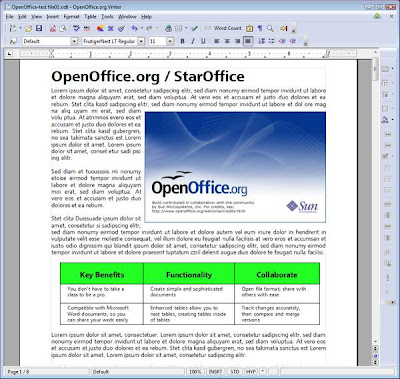After my last post I became very excited with the possibilities that could emerge when Chrome OS enters the market. In my point of view Google's focus on the end user experience is absolutely correct. Like me, regular users don't understand what is behind technology and for most of them, computer are stressful, time consuming and a complex tool to handle. Viruses problems, system maintenance and backup data are only a few problems that users have to deal with in daily basis. It's also true that users spend most of their time online. Vast majority still depends on the desktop application which we are all familiar with but using only simple resources such as browsing, processing text, calculating, analyzing data or preparing presentations. Furthermore, the personal computer is also a multimedia device with multiple applications for video, music or photo viewer.
Last year, when project was presented, Mr. Sundar Pichar defended the idea of a web-centric OS computer device which was conceived to facilitate and largely improve user experience. This idea captivate me and I realized that in true computers are not made for end users. Systems based on Windows, Macintosh or Linux are all made for specialist. End users need to be guided or controlled when using those systems so they don't cause damages. We must all face that until now computers are only made for geeks!
That's why I couldn't wait to see this product on the market but I confess that I'm a little disappointed. I was waiting for a "grow-up" computer and yet seems CR-48 is still a baby.
Strategically Chrome OS device launched by Google is a pilot version that shall be improved by end user's experience. The test notebook has 12.1 inch screens, full-sized keyboards and touch pads, integrated 3G from Verizon, eight hours of battery life and eight days of standby time. For now is only available for a select crowd of web heavy users.
Suddenly the "all strategy" became evident. Google needs, not only a modern browser capable to surf the web and efficiently use web applications, but also a device who cares about user's experience. Furthermore, Google is setting up a stage and creating conditions for a total migration from desktop to the cloud environment where Chrome OS have a fundamental role as the enabler of the "all ecosystem" that is growing around web application and Google Solutions.
The Apps Store points to that future. Displaying a wide range of applications that users could buy or freely install on the Chrome browser, Google is preparing to fulfil every kind of user's needs and this is changing the game in the industry.
Anyway CR-48 is still a baby and the industry players have all the time to react. The question is if they are agile enough or will they play like past giants in the past that paid no attention until the Trojan Horse became completely deployed.
Sources:
Chrome Blog
Chrome Web Store





